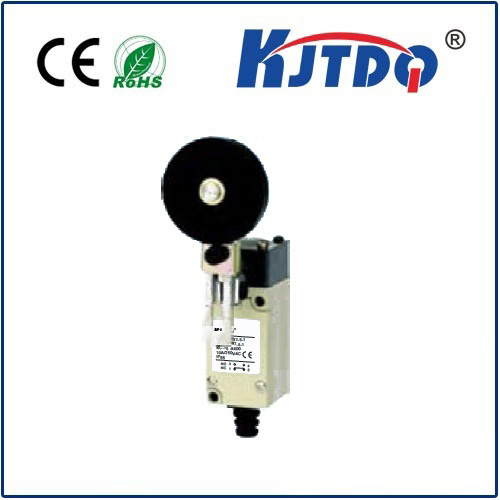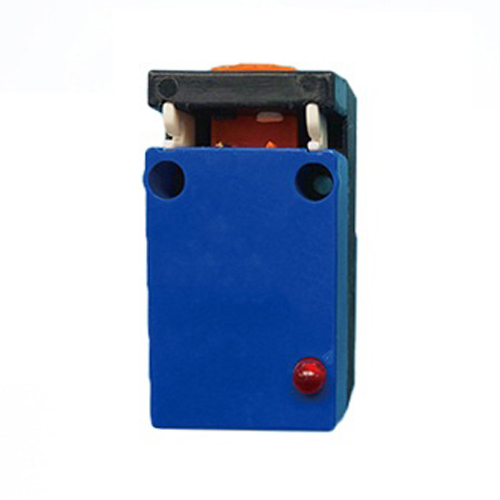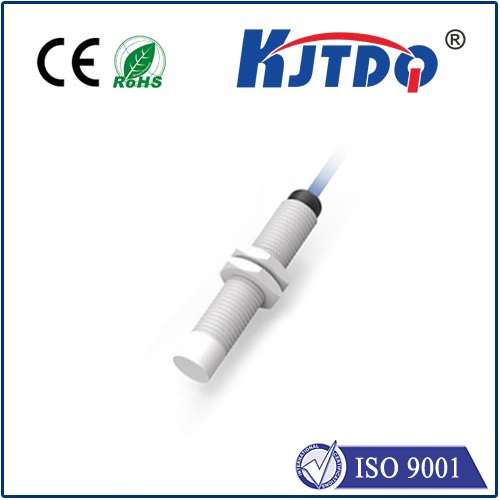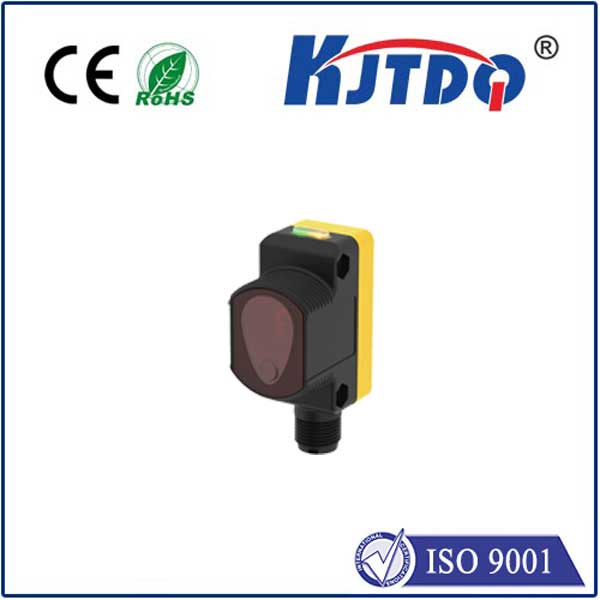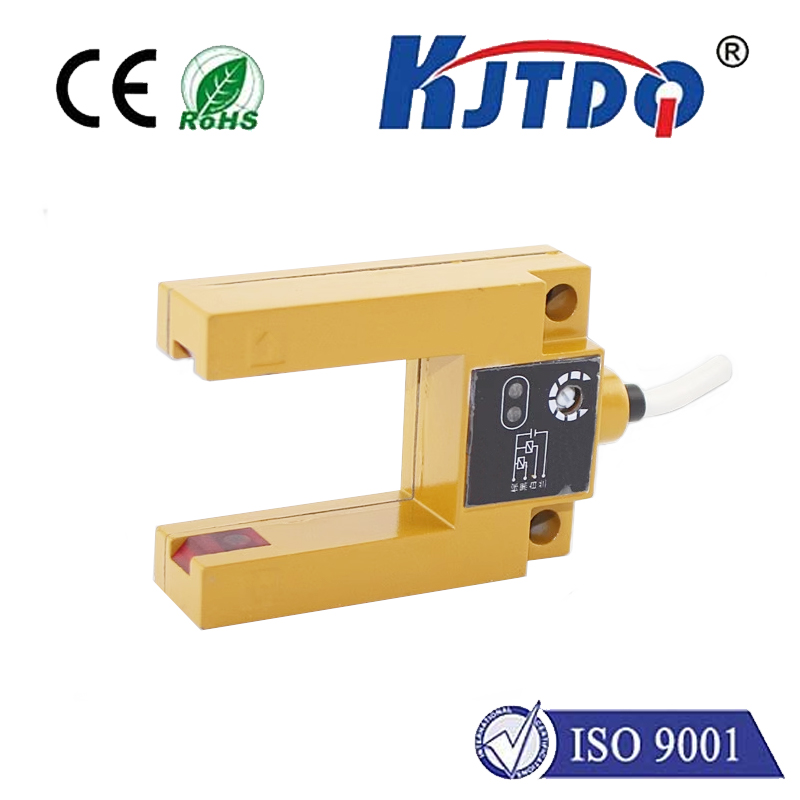inductive proximity sensor lm18
- time:2025-09-05 16:00:54
- Нажмите:0
LM18 Inductive Proximity Sensor: Your Industrial-Grade Metal Detection Solution
In the intricate dance of modern automation and machinery, unseen sentinels play a crucial role. Sensors act as the eyes and fingertips of a system, providing vital feedback for control and safety. Among these, the индукционный датчик приближения, particularly the ubiquitous LM18 form factor, stands out as a workhorse for reliable, non-contact metal detection. If your application demands robust, consistent sensing of ferrous or non-ferrous metals in harsh industrial environments, understanding the LM18 inductive proximity sensor is essential.
The Core Principle: Sensing Without Touch
Unlike mechanical switches, inductive proximity sensors operate on a completely contactless principle. Inside the sensor’s head (typically housed in a robust cylindrical body like the LM18), an electronic oscillator generates a high-frequency electromagnetic field. This field radiates out from the active face of the sensor.
When a metal object enters this electromagnetic field, eddy currents are induced on the surface of the metal. The fundamental inductive principle dictates that these eddy currents draw energy from the oscillator circuit, causing a measurable change – usually a reduction in its oscillation amplitude. The sensor’s internal circuitry is finely tuned to detect this specific change. Once the disturbance exceeds a pre-defined threshold, the sensor’s output state switches (e.g., from OFF to ON, or vice-versa). This switch happens without any physical contact, making these sensors incredibly durable and wear-free.

Why the LM18? Unveiling its Strengths
The designation “LM18” primarily refers to the sensor’s standard cylindrical housing diameter: 18 millimeters. This specific size has become immensely popular, striking an optimal balance between several critical factors:
- Прочная структура: Built for demanding factory floors, the LM18 sensor body is typically crafted from robust materials like nickel-plated brass or stainless steel. This offers excellent resistance to mechanical impact, vibration, and corrosion from coolants, oils, and other industrial fluids. Its IP67 or IP68 rating signifies outstanding protection against dust ingress and temporary or prolonged water immersion.
- Versatile Sensing Range: While the exact range depends on the specific model (factor) and target material (steel, aluminum, brass, etc.), LM18 inductive sensors generally offer practical sensing distances. Common ranges include 5mm, 8mm, or even 12mm for ferrous targets. Crucially, they maintain a triple-rated sensing distance – meaning they detect steel, stainless steel, and brass/aluminum at specified, reliable distances.
- Reliable Performance: Inductive proximity sensors are renowned for their exceptional reliability. With no moving parts to wear out, they offer millions of operating cycles. Their immunity to dirt, dust, moisture (thanks to the seal), and non-metallic obstructions makes them ideal for environments where optical sensors might falter. High switching frequencies allow them to detect very fast-moving objects on production lines.
- Output Flexibility: The LM18 proximity sensor is available with various output configurations to integrate seamlessly into diverse control systems:
- PNP (Sourcing): The most common in Europe/Asia. Outputs a positive voltage when active.
- NPN (Sinking): Widely used in North America. Outputs a ground connection when active.
- NO (Normally Open) / NC (Normally Closed): Defines the output state when no target is present.
- Analog Output: Some variants provide a continuous voltage or current signal proportional to the distance to the target.
- IO-Link: Increasingly available, offering digital communication for diagnostics and configuration.
- Easy Installation: The standard M18 x 1 metric thread running the length of the body allows for straightforward mounting using locknuts. Their cylindrical shape simplifies installation in tight spaces or through drilled holes.
Where the LM18 Shines: Key Industrial Applications
The combination of durability, reliability, and contactless operation makes the LM18 inductive proximity sensor indispensable in countless scenarios:
- Position Verification: Detecting the presence or absence of metal parts on conveyors, in fixtures, or at end stops (e.g., confirming a cylinder has reached home position).
- Object Counting: Keeping track of metal components passing a point on an assembly line.
- Speed Monitoring: Sensing teeth on gears or flags on rotating shafts to calculate RPM.
- Machine Safety: Used as part of safety interlocks to confirm guards are closed or machinery is in a safe state before operation (though often requiring specific safety-rated models).
- End-of-Travel Detection: Signaling when a moving part (like a slide or lift) has reached its limit.
- Перевозка материалов: Monitoring metal pallets, containers, or robotic arms.
- Metalworking Machinery: Tool breakage detection, part positioning in CNC machines, lathes, and presses.
Installation Considerations for Optimal LM18 Performance
While incredibly robust, maximizing the performance and lifespan of your LM18 inductive proximity sensor involves mindful installation:
- Flush vs. Non-Flush Mounting: Many inductive proximity sensors are designed for flush mounting, meaning they can be embedded in a metal bracket so the sensing face is level with the surface. This protects the sensor and allows installation where space is tight. Non-flush (shielding reduced) sensors offer longer sensing ranges but require a clear area around the sensing face free from surrounding metal. Always check the sensor’s datasheet for its mounting requirements.
- Target Material and Size: The effective sensing distance varies significantly based on the target’s material (ferrous metals like iron/steel are detected at the longest range, non-ferrous like aluminum/copper at shorter ranges, and brass somewhere in between). The target size should be equal to or larger than the sensor’s sensing face for reliable detection at the rated distance.
- Environmental Factors: While resistant to many industrial contaminants, avoid excessive build-up of metallic swarf directly on the sensing face, as this can dampen the field. Ensure operating temperature ranges are respected. Strong electromagnetic fields from large motors or welding equipment can potentially interfere; maintain adequate distance or use shielded models/cables if necessary.
- Electrical Connections: Ensure correct wiring according to the sensor’s data sheet (PNP/NPN, NO/NC, power requirements). Use proper cable glands for IP rating integrity. Protect the cable from abrasion and strain.
The LM18: A Foundation of Industrial Sensing
In a world demanding ever-increasing efficiency and uptime, the LM18 inductive proximity sensor remains a cornerstone technology. Its simple yet effective operation based on non-contact metal detection, combined with a rugged 18mm threaded housing, proven reliability, and versatile output options, ensures its continued dominance across countless industries. For engineers and technicians seeking a dependable solution for position sensing, object detection, or speed monitoring involving metal targets in tough environments, the LM18 proximity sensor is often the default choice, providing years of trouble-free service. Its widespread adoption is a testament to its fundamental role in keeping modern machinery running smoothly.







